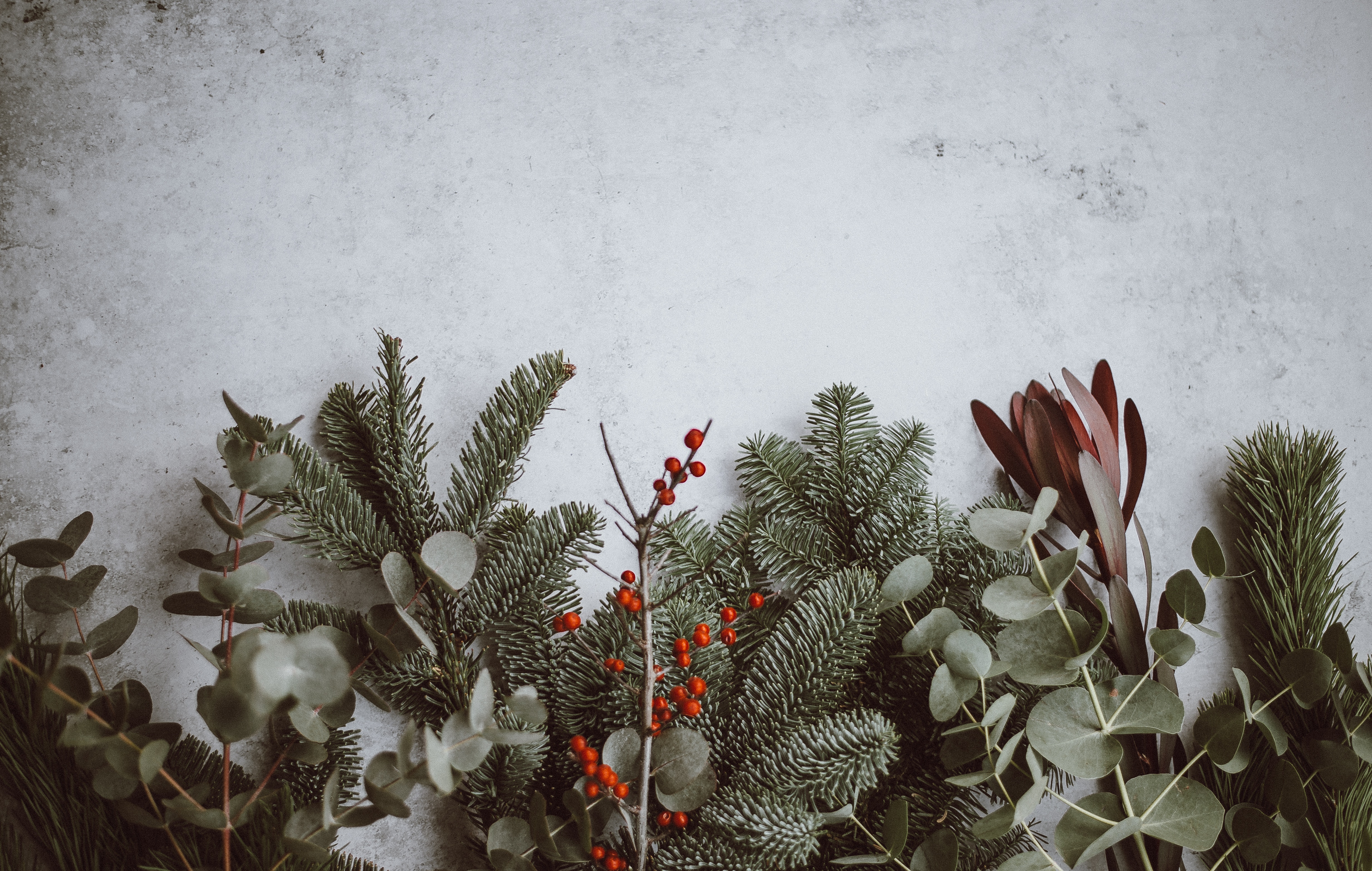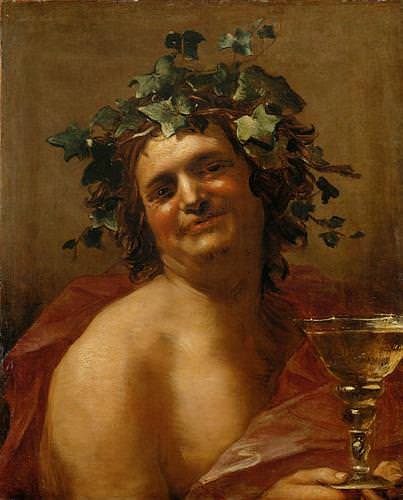
I like being married,” I said drowsily.
Diana and Matthew spend the first ten days of their THIRD AND MOST EFFECTIVE MARRIAGE in a sort of honeymoon. The “honeymoon” apparently originated in Britain as a way of visiting relatives and friends who couldn’t make it to your actual ceremony. The word “honeymoon” may refer to an old tradition (5th century or earlier) of drinking honeyed wine a month after your wedding to aid in conception. In the absence of contraceptives, that gesture seems a bit… belated.
In some cultures, the honeymoon period refers to the time between when grooms kidnapped and captured their brides and (1) the point at which the bride became pregnant and couldn’t be returned to her family, or (2) the point at which the family gave up hope of finding her. As this tradition appears to be vaguely Norse in origin, we should probably have a long talk with Gallowglass. For the record, this also makes a great deal of sense considering the real reason why bridesmaids all wear the same dress — to act as decoys for the real bride. Your only job as a bridesmaid is either to distract would-be kidnappers from the actual bride or lure evil spirits. Your call.
There are hundreds of Auvergnat euphemisms for making love, but I don’t believe that’s one of them. I’ll ask Chef if he’s familiar with it.”
While I couldn’t find any Auvergnat euphemisms in particular, I figured I would favor you with a few very saucy French ones. Allons-y.
- Faire boum boum – Literally, to make the boom boom. As in, naughty time so loud you can hear it.
- S’envoyer en l’air – “To be sent into the air” – casual, no-strings-attached whoopie.
- Avoir du monde au balcon – Er, “to have people on the balcony.” It means that your lady-friend fills out her top.
- Tremper son biscuit – “To dip the biscuit” – a person who likes to get naughty with everyone.
Here are more, for fun:
Tonight was Saturnalia, the official beginning of the holiday season at the chateau.
Saturnalia, which celebrates the agricultural god Saturn, traditionally fell on 17 December and lasted until the Julian solstice on 25 December. Celebrants observed Saturnalia much the way Deb depicts the holiday in Shadow of Night — feasting, dancing, gambling, singing, music, and gift-giving. There was also a strong tradition of role reversal — by some accounts, masters served their slaves, in others, slaves were allowed the rights and privileges of ordinary citizens.

It’s no coincidence that the Christian feast of Christmas falls on 25 December: as the Bible does not give a particular date for celebrating the birth of Christ, churches settled on combining the Christmas celebration with that of Saturnalia somewhere in the 4th century C.E. Pope Julius I apparently believed that combining celebrations would encourage more converts to Christianity.
If you’re looking to celebrate Saturnalia, take a page out of Philippe’s book — decorate outdoor trees with stars, suns, and moons, drape greenery over doors, windows, and people, and throw a party. If you can do so safely, cause a festive ruckus in your street and organize a parade.
The clock was unlike any I’d ever seen before. A carved and gilded cabinet surrounded a water barrel. A long copper pipe stretched up from the barrel and dropped water into the hull of a splendid model ship suspended by a rope wound around a cylinder.
In the Real-Time Reading Companion, Deb indicates that Philippe’s clock is the missing water clock of mathematician and cartographer Oronce Fine. The water clock, or clepsydra, dates back to 1500 BCE. Sadly, I couldn’t find an image of a water clock from the same era, but you can read about the evolution and function of water clocks here.
Friday marked the shortest day of the year and the celebration of Yule.
The pre-Christian Scandinavian festival of Yule lasts for twelve days and celebrated the “re-birth” of the sun at the winter solstice. Yule celebrants lit bonfires, toasted trees, fields, and crops with wassail (spiced cider), and went between houses with pomanders and other fragrant gifts. The European pagan tradition also recognizes and celebrates Yule and gave us the Yule log — the burning of the log banished evil spirits and brought luck for the coming year. The pagan rituals also celebrate the return of the Oak King, who presides over the warmer half of the year, and the retreat of the Holly King, who rules in the dark winter months.

If you’re interested in celebrating some Yuletide traditions in your own home, consider taking a solstice walk to gather a Yule log for burning in your hearth. You could create a Yule altar filled with “solar-related botanicals” such as cinnamon, star anise, and cloves. You could incorporate gratitude for the return of the sun in your meditation or yoga practice. Give the gift of seeds to those you love to celebrate the coming spring. If you’re feeling super festive, you might make something special, like this wassail, to share with your friends. If you’d like alcoholic wassail (*raises hand*), you might try this version.
We covered this chapter of Shadow of Night in Episode 25 – Partyfamilias. Until next time, we hope that you and your loved ones celebrate a healthy and happy Saturnalia, a blessed solstice, and a merry Yule. Feel free to join our Facebook group, or shoot us an e-mail at chamomileandclovecast@gmail.com. You can also follow us on Twitter @chamomilenclove.
Merry merry,
xoxo
Cait and Jen
